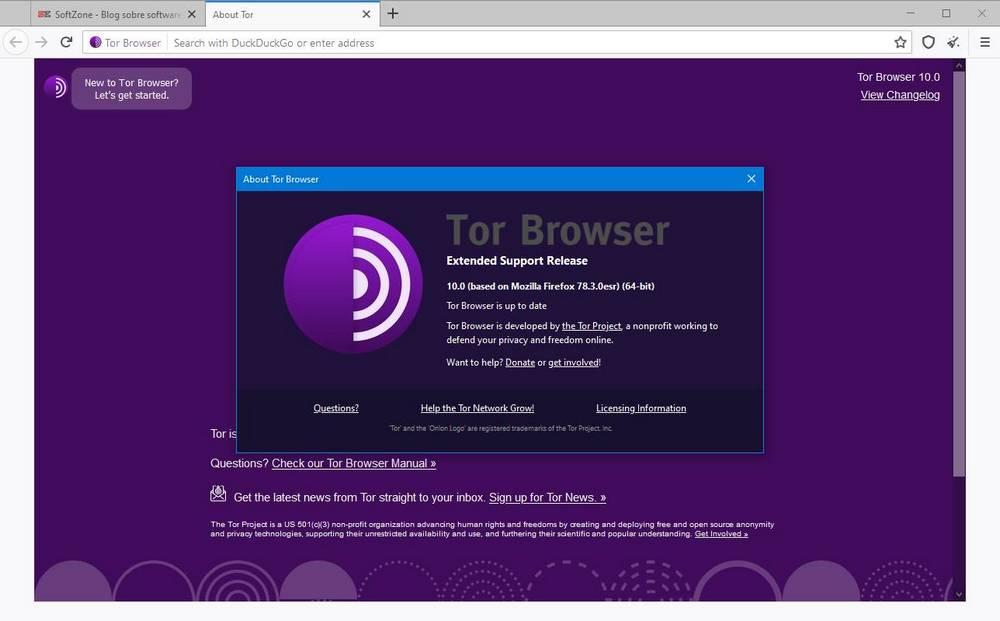
This article will help you to install the Tor browser in your CentOS/RHEL and Fedora systems. The first line removes TOR launcher, while the second line confirms it’s been removed.In this guide, we will show you how to install Tor Browser on CentOS and Fedora with step-by-step instructions. Rm -r ~/.config/torbrowser ~/.cache/torbrowser ~/.local/share/torbrowser If the problem persists, then do the following: apt purge torbrowser-launcher This should download new keys for electronic signature and asymmetric encryption. If that happens, first try the following command (then run TOR launcher again and see if it works): gpg -homedir "$HOME/.local/share/torbrowser/gnupg_homedir/" -refresh-keys -keyserver When starting TOR launcher, you might get this error: Solving TOR browser launcher starting problems It can be run by finding the icon in the menu, or using command prompt: torbrowser-launcher %uĢ. Now you can try starting TOR launcher, if it works, that’s it. This will install the needed repositories, TOR browser launcher and updates. Open the terminal (CTRL + ALT + T), then enter the following commands: sudo add-apt-repository universe & sudo apt update Installing TOR browser launcher and trying to run it Sometimes you will be prompted for your root password, or to confirm the choice (by pressing keys ” Y “, or Enter).


Each line of commands should be copy/pasted, then hit Enter. I think it’s easier to explain and to do it that way. The instructions will be given for terminal (CTRL + ALT + T).

The example is given for Linux Mint 19.2, though it should work with most other Ubuntu based Linux distributions (maybe even wider, I haven’t tried).Ī separate post explains what TOR network and Onion routing are. Simple, step by step instructions on how to install TOR Browser in Linux.


 0 kommentar(er)
0 kommentar(er)
